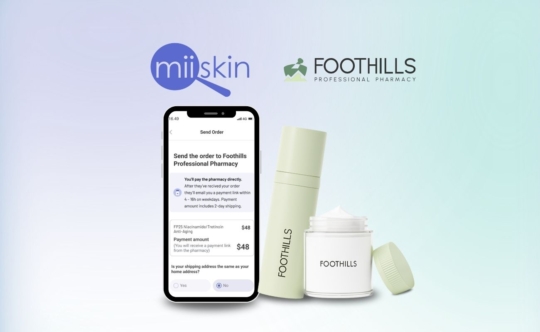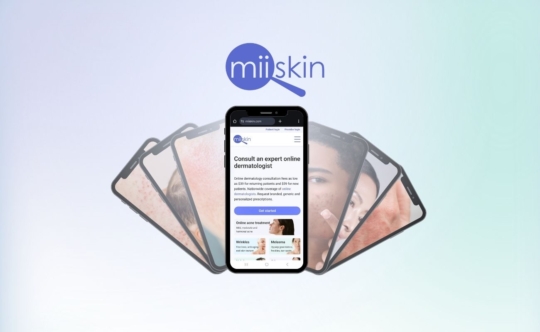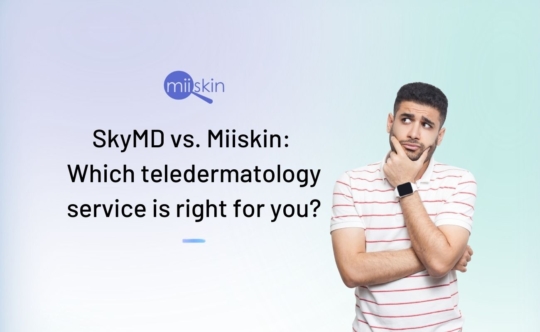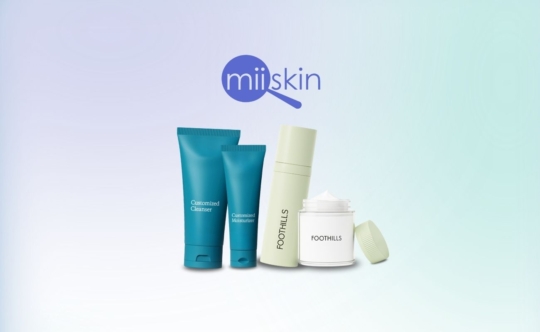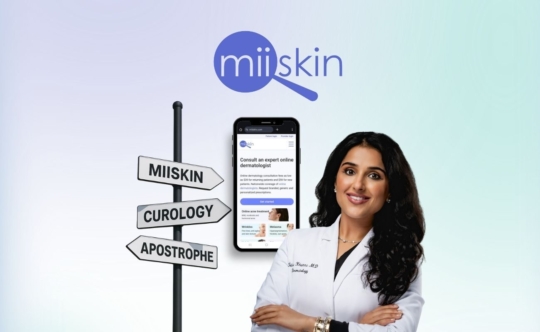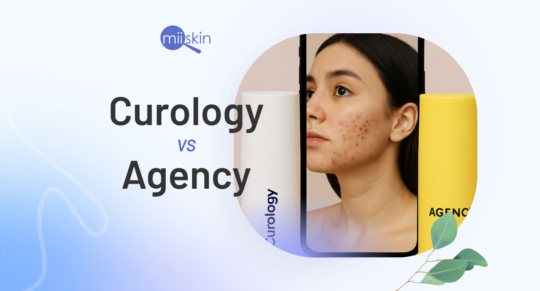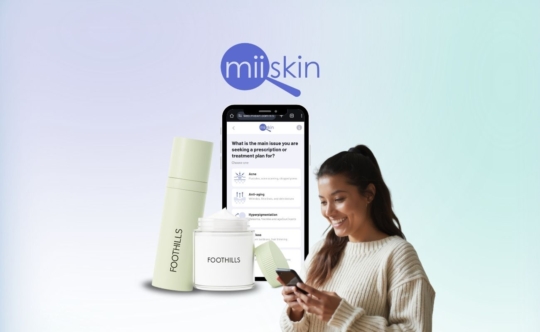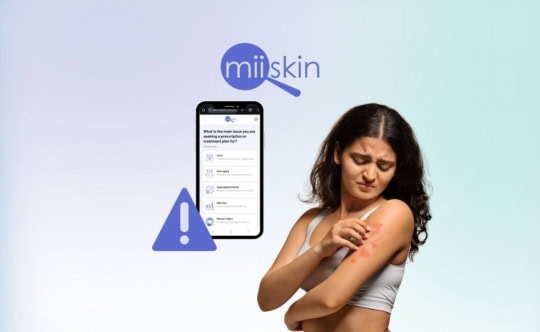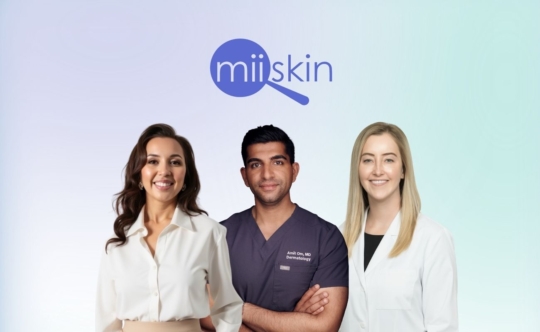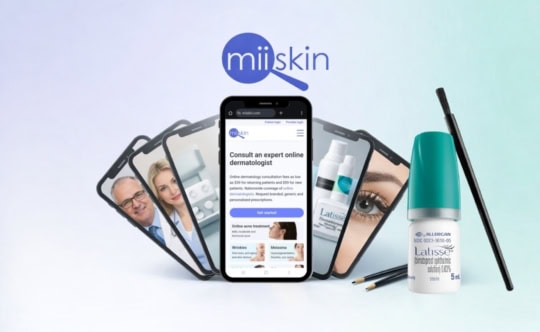
Dermatology
Learn more about the treatment of common medical cosmetic skin concerns with the use of telemedicine.
DERMATOLOGY | SKIN CANCER | MELANOMA | MOLES | ANTI-AGING | ACNE | ACNE MEDICATIONS |
ACCUTANE |
HAIR LOSS | HAIR LOSS MEDICATIONS | TRETINOIN | PSORIASIS | HYPERPIGMENTATION | SKIN CONDITIONS
latest ARTICLES
Ésta página está disponible en Español Dermatología

